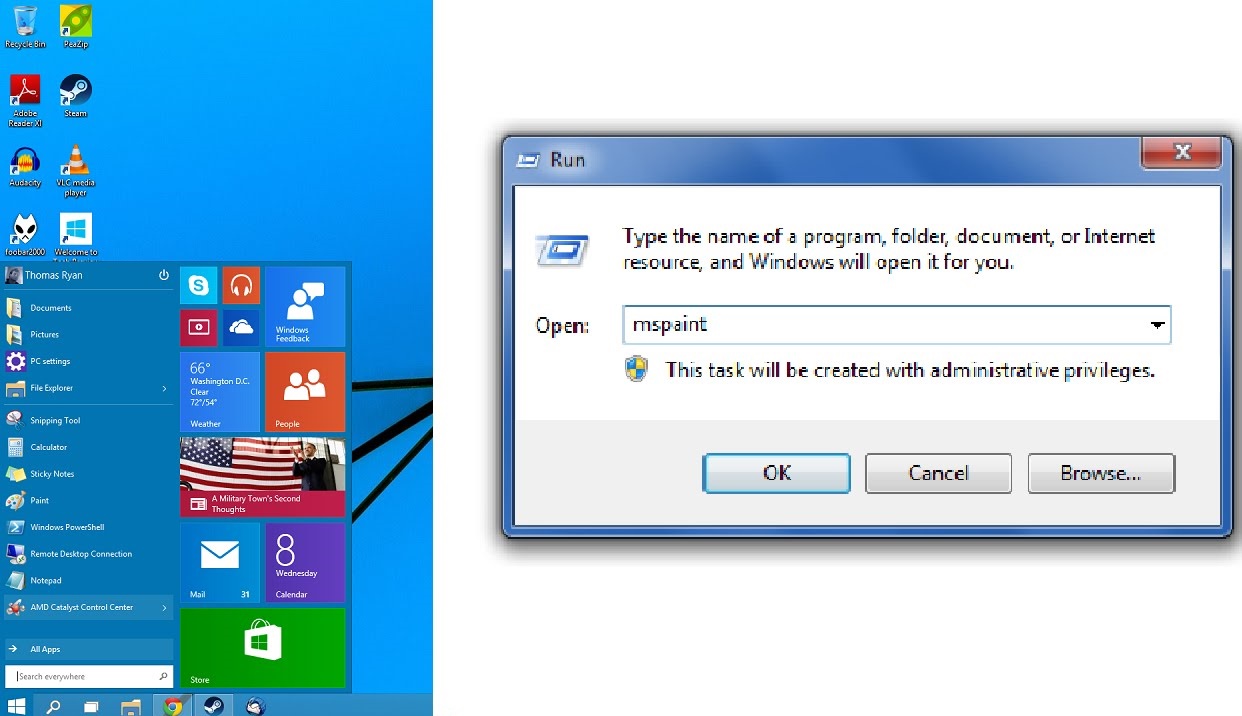
ping and tracert: Troubleshoot Network Connection Issues Windows uses a cache that remembers DNS responses it’s received, saving time when you access the same addresses again in the future. To ensure Windows is getting addresses from the new DNS servers instead of using old, cached entries, run the ipconfig /flushdns command after changing your DNS server. If you change your DNS server, the effects won’t necessarily take place immediately. RELATED: 7 Reasons to Use a Third-Party DNS Service ipconfig /flushdns: Flush Your DNS Resolver Cache Look under “Wireless LAN adapter” if you’re connected to Wi-Fi or “Ethernet adapter” if you’re connected to a wired network. For even more details, you can use the ipconfig /all command. You’ll see a list of all the network connections your computer is using.

To use the command, just type ipconfig at the Command Prompt. The ipconfig command is a fast way of determining your computer’s IP address and other information, such as the address of its default gateway-useful if you want to know the IP address of your router’s web interface.

You can find your IP address from the Control Panel, but it takes a few clicks to get there. RELATED: 10 Useful Options You Can Configure In Your Router's Web Interface


 0 kommentar(er)
0 kommentar(er)
